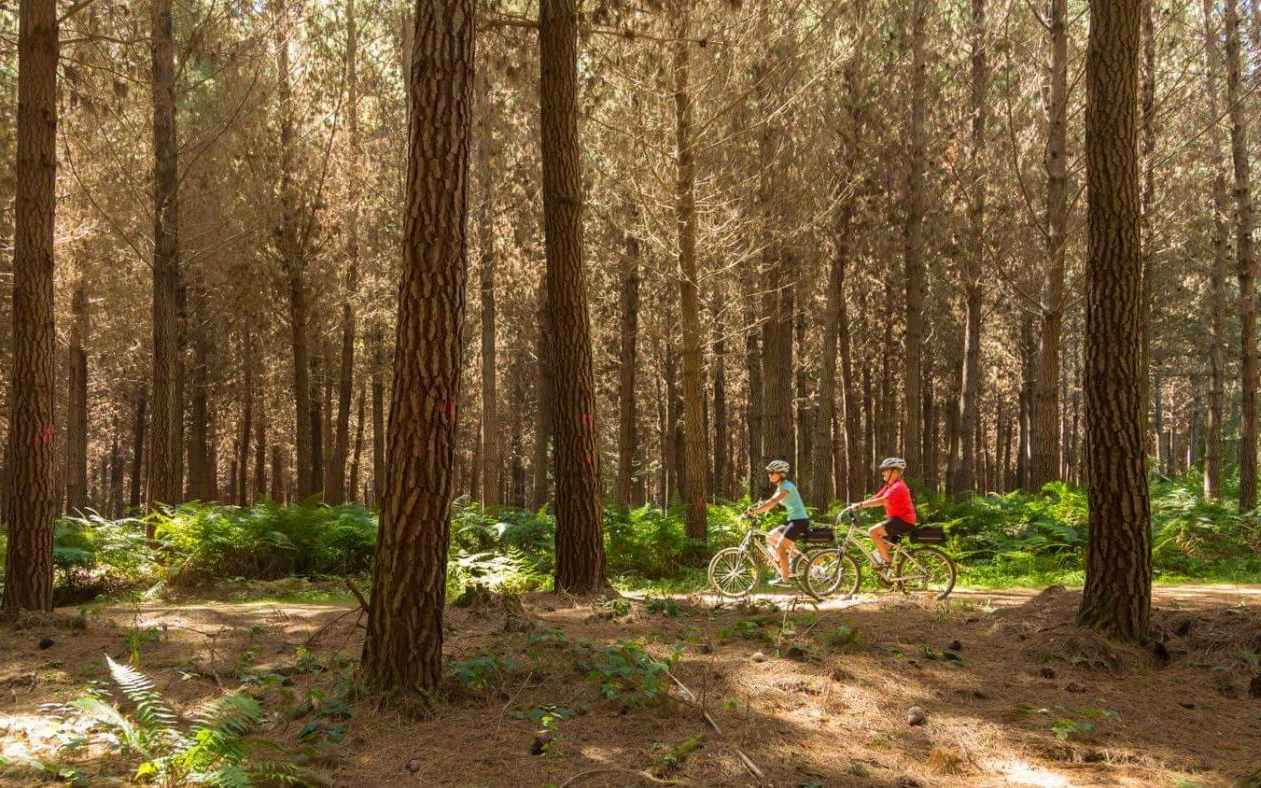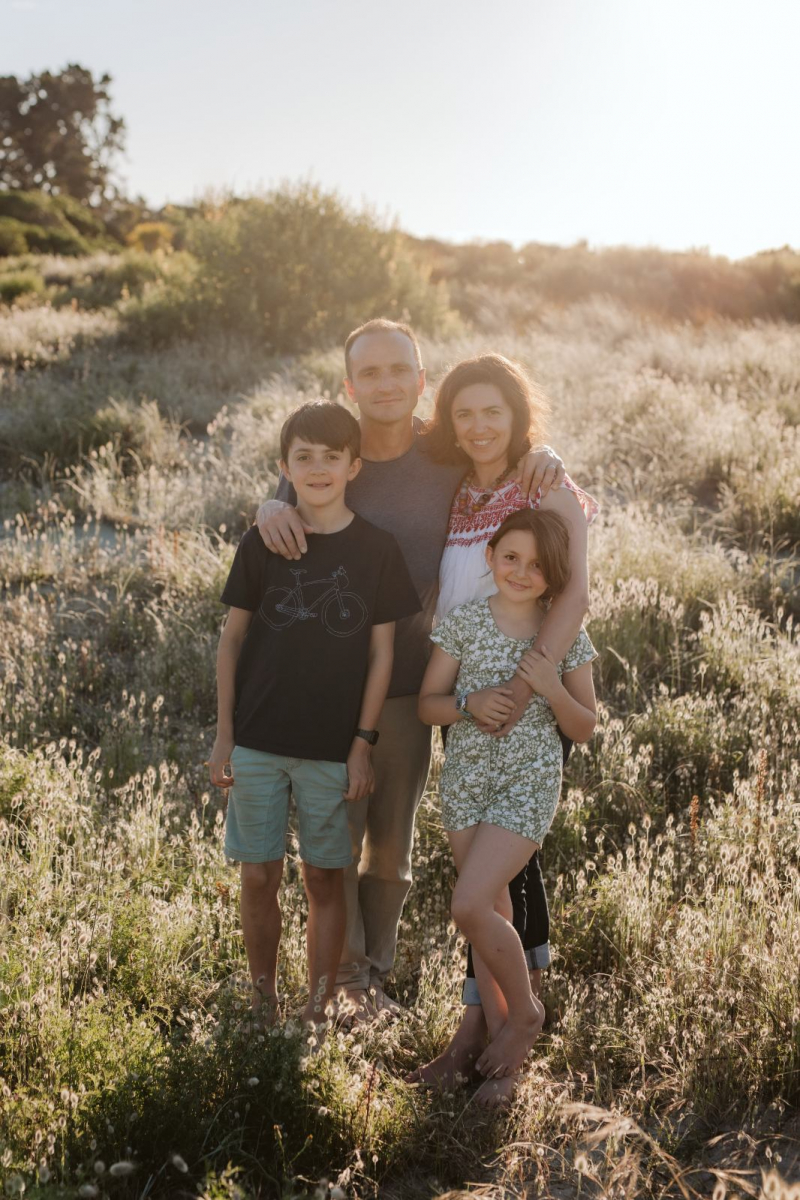

There are many reasons to fall in love with Nelson Tasman and to choose to make this place your home. Whether it’s the stable and sun-rich climate, our closeness to nature and the great outdoors, or the easy at which we can get out to the wider world, there’s so much going for Nelson Tasman.
Meet some of the incredible people who have choosen Nelson Tasman as their home.

Marine Ecologist

Community Arts Educator

Restauranteur
Plumber